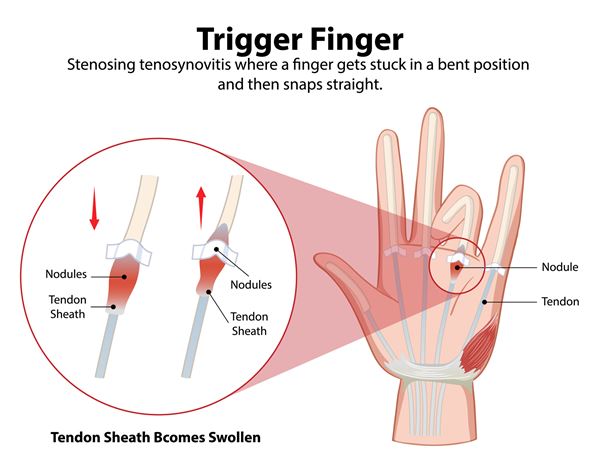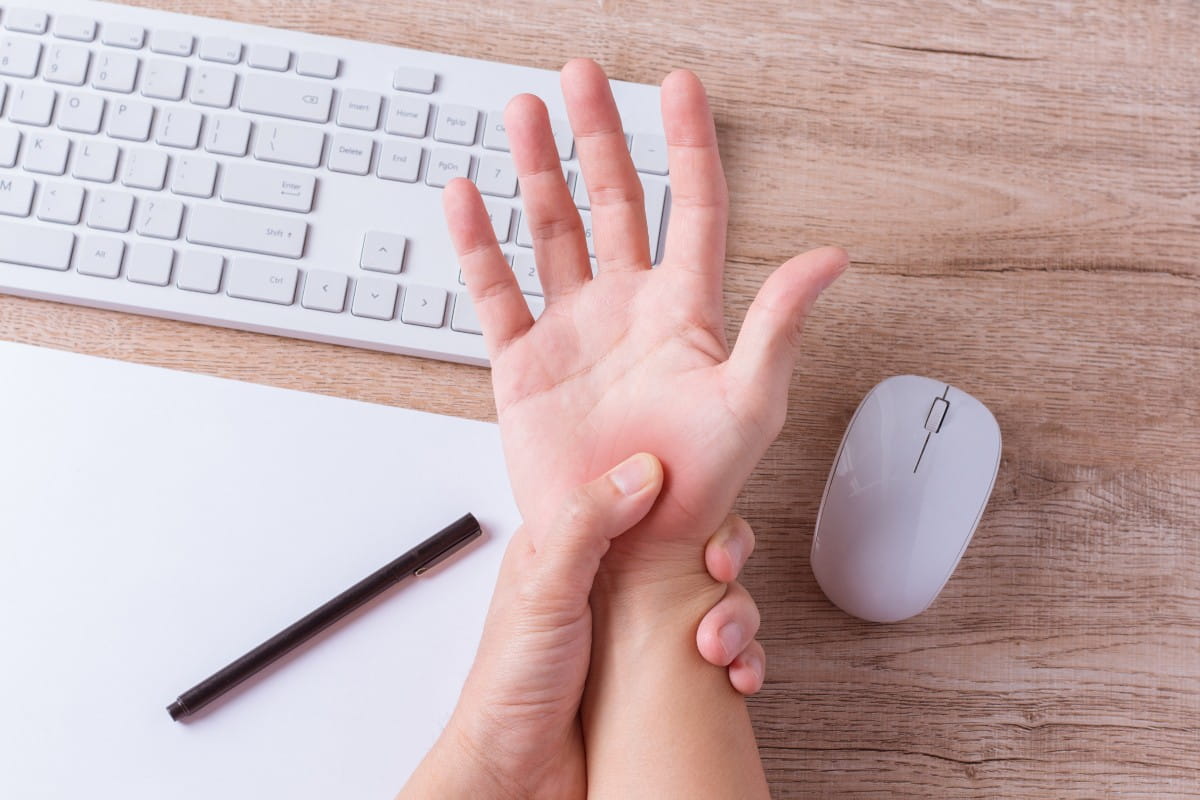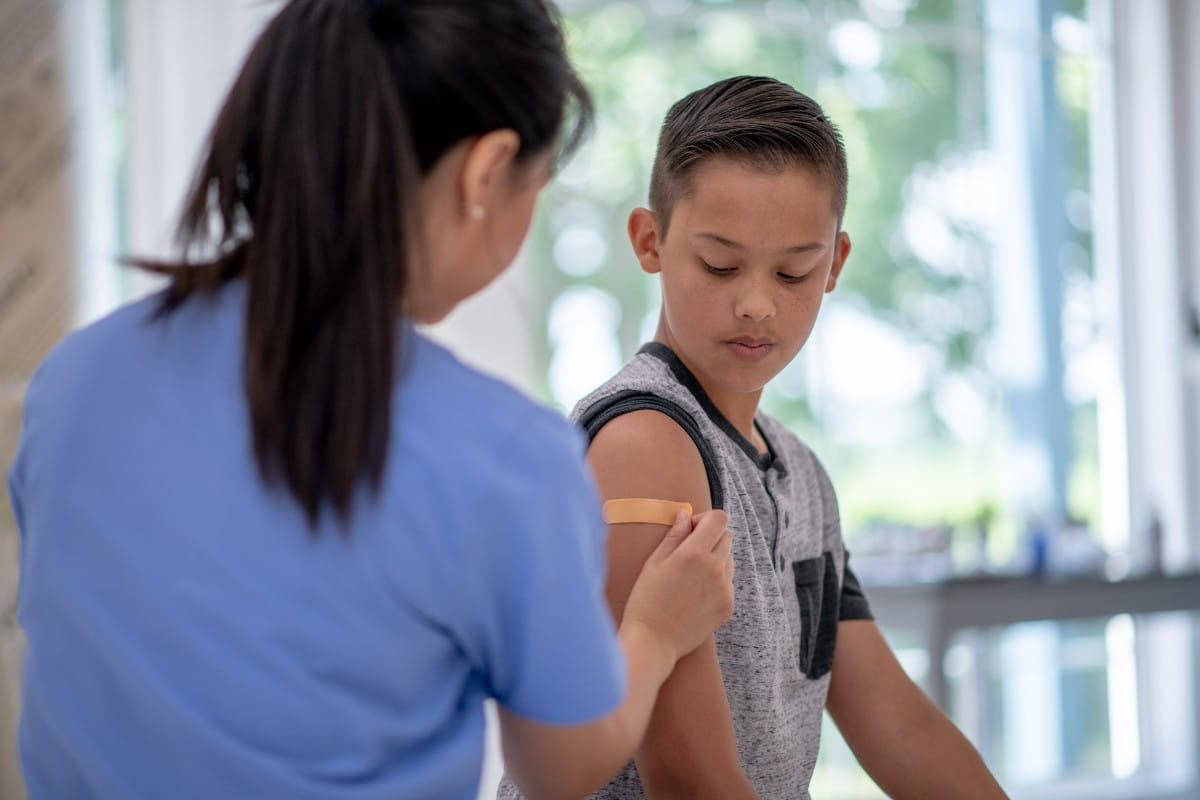If you live with diabetes, you already know it can affect many parts of the body, from your eyes to your feet. But did you know it can also impact your hands? One common hand condition that people with type 1 diabetes or type 2 diabetes are more likely to develop is trigger finger.
In this article, we’ll break down what trigger finger is, why it's more common in people with diabetes, and what you can do to find relief.
What Is Trigger Finger?

Trigger finger, or stenosing tenosynovitis, is a condition that impacts the tendons responsible for moving your fingers or thumb. Tendons are like ropes that help your fingers move. Normally, they glide smoothly through a tunnel of tissue called a sheath. But with trigger finger, that sheath becomes inflamed or thickened, making it hard for the tendon to move. This may cause the affected finger to get stuck or lock in a bent position – similar to pulling a trigger, which is where the condition gets its name.
“Trigger finger can be painful and frustrating. Patients often describe a popping or catching sensation when they try to straighten the affected finger,” says Michael Probert, PA-C, an orthopedic physician assistant with Riverside Orthopedic and Sports Medicine Specialists.
Why Is Trigger Finger More Common in People with Diabetes?
Medical research has shown that people with diabetes are up to ten percent more likely to develop trigger finger than those without the disease. But why?
The answer lies in how high blood sugar levels affect tissues over time. People with type 2 diabetes or type 1 diabetes often experience changes in the collagen and other proteins that make up tendons and their surrounding tissues. These changes can reduce tendon flexibility, increasing the likelihood of irritation or injury overtime.
Additionally, long-term diabetes symptoms like poor circulation and nerve damage may increase stiffness and limit mobility in the hands.
“We see a strong connection between uncontrolled blood sugar and hand disorders. That’s why managing diabetes is so important – not just for overall health, but for maintaining mobility too,” notes Cariana Clanton, D.O., a board-certified family medicine physician with Riverside Commonwealth Family Practice.
Symptoms of Trigger Finger
Trigger finger may develop in any finger, though it most often appears in the thumb and ring finger. The symptoms often begin gradually and may become more severe as time goes on.
Watch for these signs:
- Stiffness, especially in the morning
- A popping or clicking sound when moving the finger
- A finger that becomes “stuck” or catches in a bent position
- Tenderness or a bump at the base of the finger
- Pain when bending or straightening the finger
How Is It Diagnosed?
Diagnosing trigger finger is usually straightforward. Your health care provider or orthopedic specialist will ask about your symptoms and examine your hand. Imaging tests like X-rays aren’t typically needed unless another issue is suspected.
Treatment Options for Trigger Finger
Trigger finger can be managed effectively, although the type of treatment you receive will likely depend on how serious your symptoms are and if you have other health conditions, such as diabetes.
Common treatments include:
- Rest and activity changes: Avoiding activities that strain your fingers can give tendons time to heal.
- Splinting: Using a splint at night can help hold the affected finger in a straightened position while you sleep.
- Stretching and physical therapy: Gentle exercises can improve flexibility and reduce stiffness.
- Medications: Non-prescription pain relievers and anti-inflammatory medicines can often ease discomfort and reduce swelling.
- Steroid injections: These can reduce swelling and improve movement in many cases.
- Surgery: If other treatments don’t help, a minor outpatient procedure can release the tight tendon sheath.
“In most cases, early treatment works very well. When needed, surgery is quick and has a high success rate,” explains Mr. Probert.
When to See a Specialist
If you're living with diabetes and notice any signs of trigger finger, don’t ignore them. Getting help early can prevent more serious problems down the line.
For more information on how to keep diabetes well managed, please visit Riverside Diabetes Services at riversideonline.com/diabetes or make an appointment with your primary care provider.
To consult with an orthopedic hand specialist to help guide you through treatment and recovery of trigger finger, Call 757-534-9988 to schedule an appointment or click HERE to request a consultation online today.
Final Thoughts
Trigger finger may seem like a small issue, but it can have a big impact on your daily life—especially if you’re managing type 2 diabetes or type 1 diabetes. The sooner you get care, the better your chances of regaining full use of your hand.
If you're experiencing any of these symptoms, talk to your primary care provider. There’s help—and relief—available.


